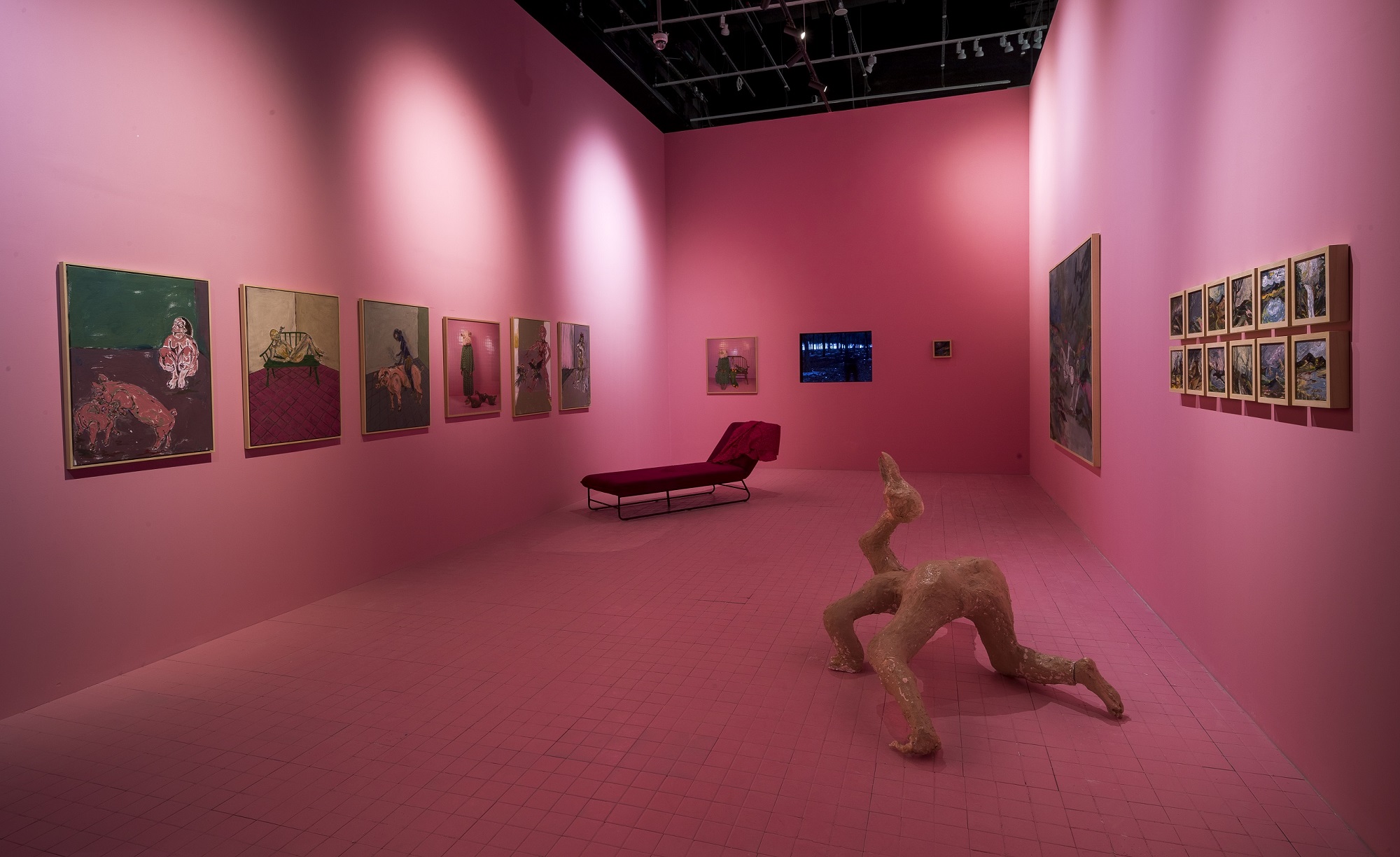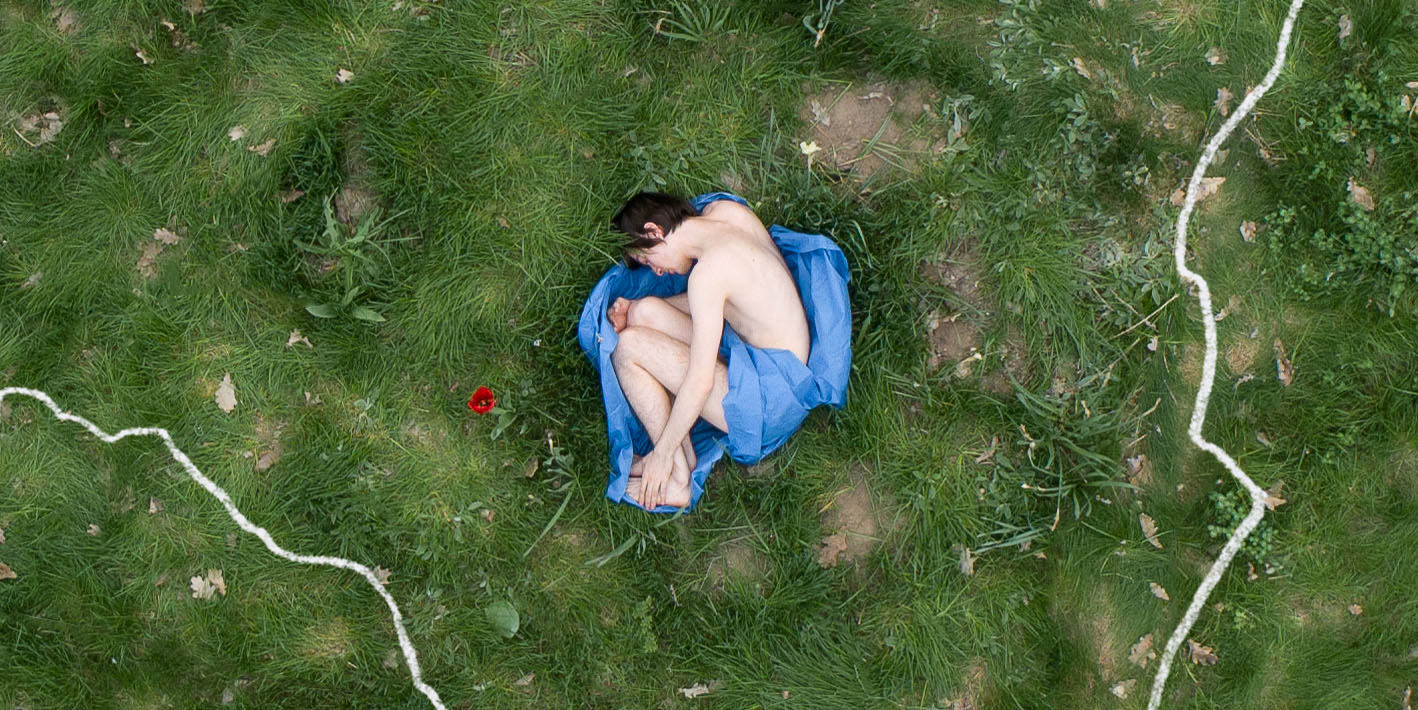The exhibition, which is the artist’s largest exhibition to date, will immerse us in the world of prominent jewellery artist Wallace Chan. Chinese artist and innovator Wallace Chan is the first living contemporary artist to exhibit at Shanghai Museum East. He has utilised various gemstones and metals in his artistic practice for five decades, guided by a profound appreciation for nature. Drawing poetic inspiration from chan (“cicadas”) and incorporating chan (“Zen Buddhism”) into his poetic creations, Chan transcends the boundaries of craftsmanship and contemplation.

Wallace Chan: Half a Century is co-curated by Shanghai Museum and Danish Royal Jewellery Curator Nina Hald. Over 200 pieces of the artist’s masterpieces will be on view at Shanghai Museum East. It is an unprecedented review of Chan’s oeuvre as an artist and innovator over five decades of dedicated work, juxtaposed with prestigious loans from the collections of the Shanghai Museum, the Palace Museum, the Metropolitan Museum of Art, Schmuckmuseum Pforzheim and the Victoria and Albert Museum.

The exhibition presents three themes: Engraving & Embodying, Entangling & Enchanting, and Enlightening & Empowering. Each theme is an entrance to higher levels of craftsmanship, creativity and consciousness.
Engraving & Embodying
The first theme traces Chan’s humble beginnings: how he began his life with sensory perceptions and an apprenticeship as a gemstone carver in 1973. The first piece, Eye of Time, invites viewers to leave their everyday lives behind and step into Chan’s jewellery art – to experience the world through his creative vision.

The masterpiece Stilled Life depicts a cicada, as the motif was one of the first Chan was tasked with when he was an apprentice at the age of 16. Stilled Life was not realised until 40 years later, in 2012.
Agriculture has long been the cornerstone of China’s prosperity. Cicadas, revered throughout history, symbolise abundance, purity, and renewal. As temperatures rise, so does the chorus of cicada song, leading ancients to regard them as messengers of the divine and the most accurate barometers of weather.
Stilled Life shows a cicada cradling an imperial jadeite, its back adorned with a lustrous lavender jadeite. The jadeite beads on the cicada’s body are meticulously inlaid using the artist’s “tenon and mortise jointing technique.” The delicate cicada wings are made possible by Wallace Chan’s patented jadeite cutting and polishing technology from 2002.
The Chinese word for “cicada” shares a homophone with the Chinese word for “Zen.” Two pigeon-blood rubies symbolise the earliness of life, indicating that worldly desires shall be filtered by the sediment of wisdom. The rare jadeite embraced by the cicada is not only a marvel nurtured by nature but also culture. Jade epitomises the demeanour of a noble person, while the cicada’s embrace of it embodies the pursuit of the spiritual.
After Chan had spent a decade carving gems, he formed the ambition of capturing light itself, resulting in the seminal thought for his first major invention, the Wallace Cut (1987), an illusionary carving technique that transcends three-dimensional intaglio carving.. Since then, innovation has been a major component of Chan’s creative universe.

Entangling & Enchanting
Having mastered carving, Chan’s creativity began to unfold. In his 30s, he began adapting techniques, tools, and knowledge from many fields to come up with solutions to challenges facing him in the process of realising his creations. Time spent experimenting with gemstone carving, the colouring, carving and sculpting of titanium, as well as the engineering of jewellery structures and parts has added depth to Chan’s works, which also involve traditional techniques and goldsmithing materials used in original, contemporary ways.
The whole range of Chan’s butterflies may be perceived as a series of variations on a theme; the artist is exploring what a motif contains. By reshaping the butterfly’s essence, he seeks to remind people of the grandeur and mystery of the world.

Butterfly Nebula pair of brooches © Wallace Chan 
Apsara brooch © Wallace Chan
‘Butterfly Nebula’ is created from space-age metal titanium, intricately carved with auspicious cloud patterns. Sparkling diamonds adorn the bodies’ surface, while certain parts feature carved amethyst, along with various free-cut pink sapphires, capturing the flow of light through craftsmanship, and creating illusions to reveal the intangible sound waves of the universe. The extending antennae not only expresses the beauty of physical and mental balance and evokes the fragrance of flowers permeating the surroundings but also symbolises the resonance and empathy among all beings in the universe.

‘Metamorphosis’ aims to capture the wonderful colours of butterflies. Chan took a butterfly specimen and created the butterfly with the refractive nature of rock crystal, together with 16 pieces of emerald totalling 52.44 carats, diamonds, rubies, amethysts, citrines, blue topazes, rock crystals, mother-of-pearls, tourmalines, sapphires, yellow diamonds, 18K white gold and titanium.

Enlightening & Empowering
Motifs such as the dragon, phoenix, horse, and tiger reveal how Chan embraces and innovates the spirit of Chinese culture and people. As interpreted by Chan in his symbolic creations, they echo his spirituality and meditation, thus transcending the boundary between jewellery and art.
‘Hera’ is a peacock adorned with resplendent and magnificent feathers – a motif beloved by people around the world throughout history. In ancient Greek mythology, the “eyes” on the peacock’s feathers originated from Argus, who served the goddess Hera. Return of the King, in the collection of the Shanghai Museum, is created from mutton-fat white jade, diamonds, and titanium. It not only depicts the starry night patterns of Western modern painting but also embodies the jade carving craftsmanship of China’s Warring States period, blending ancient and modern, Eastern and Western, with vividness and legendary aura.

Mr. Chu Xiaobo, Director of the Shanghai Museum, says: “The Shanghai Museum was established as an art museum with a focus not just on ancient art but also on modern and contemporary art. By dedicating efforts to researching, collecting, and showcasing the finest modern and contemporary art, we can broaden new perspectives, connect with the present era, and lay the foundation for future collections. The exhibition series “Drawing Inspiration from the Past: Masters of Modern and Contemporary Art” aims to highlight esteemed modern and contemporary artists from both domestic and international arenas, presenting classic works, pioneering curatorial and exhibition methods, interpreting humanistic values, and drawing wisdom and inspiration from the traditional cultures of East and West. Ultimately, its goal is for us to explore the unknown, challenge ourselves, and embrace the future.”

Wallace Chan says: “My heartfelt thanks go to the Shanghai Museum for this once-in-a-lifetime opportunity. At the age of 70, I am humbled and honoured by this 100-day exhibition in my beloved motherland.” In his half-a-century creative process Chan has discovered, in art, moments where the past, present and future converge.
About Wallace Chan
Wallace Chan (1956– ) began as a gemstone carver in 1973 at the age of 16. An artist and innovator, his curiosity and thirst for knowledge led to his creation of numerous innovations, which so far include: The Wallace Cut (an illusionary three-dimensional carving technique he invented in 1987), mastery of titanium in jewellery making, patented jadeite luminosity-enhancing technology, the invention of elaborate gemstone settings without metal claws, the Secret Abyss, and most recently, The Wallace Chan Porcelain, a material five times stronger than steel.

His works are in the permanent collections of the Shanghai Museum (2024); the Victoria and Albert Museum, London (2024); the Museum of Fine Arts, Boston (2023); the Long Museum (2023); the British Museum, London (2019); the Capital Museum, Beijing (2010); and the Ningbo Museum, Ningbo (2010).
Chan has had solo exhibitions at Pieta Chapel (Venice, 2024), Christie’s (Hong Kong, 2019; Shanghai, 2020 and 2021; London, 2023); Canary Wharf (London, 2022); Fondaco Marcello (Venice, 2021 and 2022); Asia House (London, 2019); the Gemological Institute of America Museum (Carlsbad, 2011); the Ningbo Museum (Ningbo, 2010), the Capital Museum (Beijing, 2010); the Kaohsiung Museum of History (Taiwan, 1999); and Deutsches Edelsteinmuseum (Idar-Oberstein, 1992).
Chan is also the first Chinese jewellery artist ever invited to exhibit at the Biennale des Antiquaires (Paris, 2012 and 2024), TEFAF Maastricht (Maastricht, 2016-2020; New York, 2016-2017) and Masterpiece London (London, 2016-2017), a living legend that spearheads the movement of contemporary Chinese jewellery art on the world stage.
About Nina Hald

Nina Hald, Denmark’s Royal Jewellery Curator, has written 25 major publications. She has been writing about jewellery art since 2003. She has also curated thirteen jewellery exhibitions, including at the Royal Residence Museum, Rosenborg Castle, the Royal Theatre, Naturama Museum, Sønderborg Castle, the Karen Blixen Museum and Shanghai Museum.
For more information, please visit https://www.shanghaimuseum.net.
Read more Arte&Lusso articles about Wallace Chan: A Wonderful Journey into the Mesmerizing Universe of the Jewelry Artist Wallace Chan and “The Wheel of Time” by Wallace Chan at Christie’s, London.






